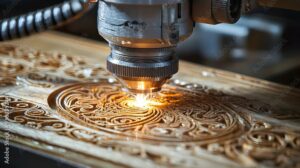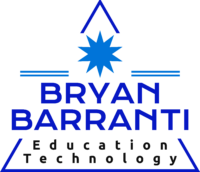
By Teerapat
In today’s classroom, digital literacy is an essential part of the learning experience. The BC Digital Literacy Framework outlines six key competencies that aim to equip students with the knowledge and skills they need to thrive in a digital world. Reflecting on my experience teaching woodwork to Grades 7–9, I see several ways in which these competencies play a vital role in helping my students become not just proficient with woodworking tools and techniques but also digitally literate creators.
Research and Information Literacy is an integral part of the woodwork curriculum, especially when we begin with projects like the animal-symbol box. Students research First Peoples’ beliefs, gather meaningful symbols, and apply that knowledge to design their laser engravings. The ability to critically evaluate sources and interpret information from different cultures directly aligns with this framework’s focus on using digital tools to gather and apply information thoughtfully.
Creativity and Innovation are at the heart of woodworking. Whether students are designing their puzzles or building a shelf, they constantly demonstrate creative thinking. I see technology enhancing this creativity, especially through tools like CAD software and laser machines. Students take their initial ideas and, through the use of digital tools, turn them into something tangible. The framework encourages this process of constructing knowledge and developing innovative products, which directly connects with how we approach woodworking projects.
Technology Operations and Concepts have become more prominent in my class over time. From teaching students how to use our BossLaser machine (or our newest Glowforge laser cutter once I familiarize myself with it first!) to integrating CAD designs into our projects, students are learning the mechanics and operations of different technologies. My own experiences, like navigating the transition from AutoCAD’s DOS-based version to today’s user-friendly interface, mirror the gradual mastery that my students experience with these new tools. By providing them with opportunities to interact with advanced technologies, I’m helping them develop a strong foundation in technology operations that will serve them in future contexts.
Finally, Digital Citizenship is one area I focus on while using digital tools in woodwork. It’s not just about creating; it’s about understanding the broader implications of technology. I emphasize ethical behavior when using digital designs, discussing copyright and the importance of original work. My experiences selling woodworking files on Etsy have given me insight into the importance of integrity in the digital marketplace, which I share with my students.
Overall, integrating the BC Digital Literacy Framework into my middle school woodwork class is about blending traditional craftsmanship with modern digital skills. From researching and designing projects to operating advanced tools, my students are building their capacity to think critically and act ethically in both the physical and digital worlds. As I continue to reflect on my teaching practices, I strive to foster these competencies and help my students navigate the increasingly complex technological landscape with confidence and creativity.
References
